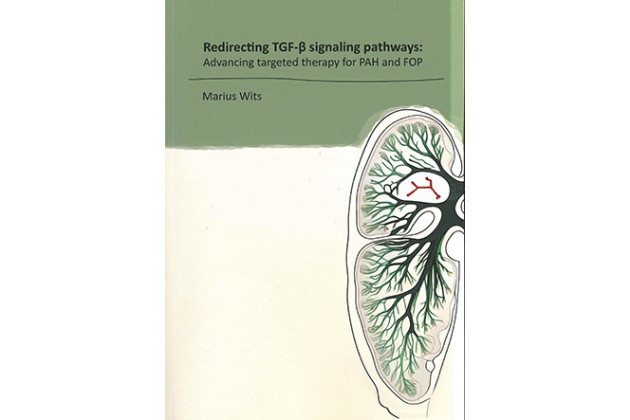About the Circadian Clock labs
Most bodily functions show pronounced 24h rhythms. These rhythms have developed as an adaptation to the recurring changes in the environment, brought about by the rotation of the earth around its axis. In order to anticipate to these changes, innate clocks have evolved that allow organisms to prepare for the predictable onset of night and day. In humans, the central clock is located in the suprachiasmatic nucleus (SCN) at the base of the brain. Twenty-four hour rhythms exist in the activity of the central nervous system, hormonal levels, activity of organs such as lung, liver and kidney, cardiovascular function, as well as in the expression of at least 10% of our genes, throughout the body.
Research of the last decades resulted in overwhelming evidence that disruption of twenty-four hours rhythms by artificial light and our modern life style is a serious risk factor for metabolic (e.g. obesitas) and psychiatric (e.g. depression) diseases and even for cancer. Moreover, artificial light at night in our environment is a threat for biological clocks of animals and plants in nature and a threat for biodiversity. The circadian clock group conducts multidisciplinary research aiming to understand the mechanisms underlying -disrupted- clock function in order to find novel avenues to restore it.


